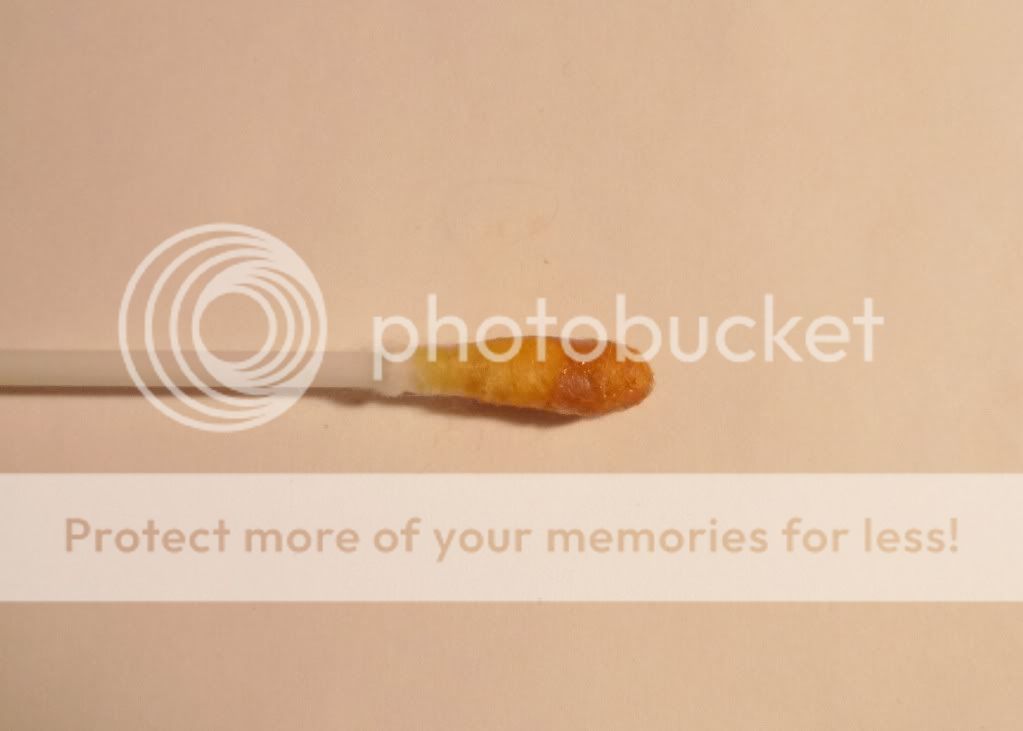maynman1751
This kind of material is somewhat complex to process, especially if you are not sure what to expect.
This raise even bigger difficulties for the inexperienced refiner.
If you read spec sheets of said chips you will learn alot about their possible metalic composition.
Proper incineration is key for effective recovery. If you don't have a fancy industrial incinerator (which most of us don't) you will find that you need to grind and incinrate again.
The organics in those chip package (plastics, epoxy resines etc'...) are packed in layers or one thick layer, your initial incinration may only combust the outer shell of the chip's package and leaving loose carbon inside.
The 1st incineration will eliminate some carbon and all the volatiles, the 2nd grind/incineration will handle the rest of the carbon.
In my mind, it will also be wise to set a fly ash scrubbing, though, in RI 7683 it is reported that no sugnificant amounts of metals were found, let alone PM's.
From my experience, Iron presence is negligible, where the majority of the base metals are copper or copper alloys, Lead and Tin. Pins maybe coated with Ni or Au over Ni which gives them magnetic capabilities and therefore making life easy in terms of seperation by strong magnet.
Those pins are better processed separately from the ground ashes. IMHO.
In terms of PM's presence:
Ag and Au, that much you know.
It is not suprising to find presence of PGM's as well, such as Pd and Pt and even Ru (IV)
Here are the colors of SnCl tests:
False due to Sulfurous acid (exsess SMB):
Take note, that Gold stain is the only one that will not fade after several hours.
testing very dirty (lot's of dissolved base metals) solutions will produce sometimes strange color reactions.
Pd(HDMG)2 drop looks like that:

(Note: it is floating due to the stirrer)
Hope this helps you in some way...
Good luck.






